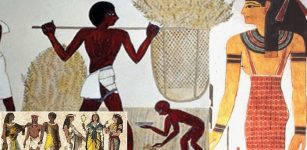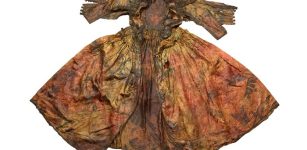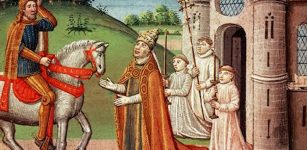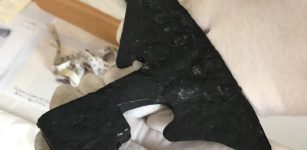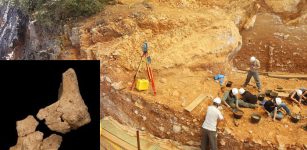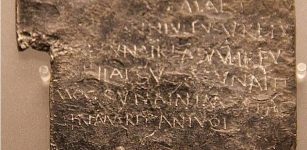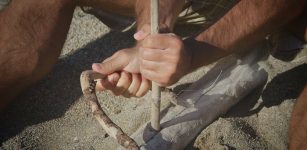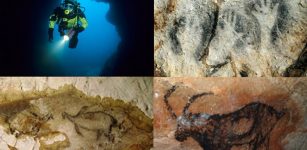Gruesome Discovery Of Headless Bodies In Vráble, Slovakia – Remains Of Stone Age Cult Victims Unearthed
Conny Waters - AncientPages.com - A Slovak-German team of archaeologists researching one of the largest Central European Stone Age settlements in Vráble in western Slovakia, have unearthed the remains of three dozen headless bodies of people who may have been killed in cult ceremonies.
 Image credit: Ivan Cheben, SAV
Image credit: Ivan Cheben, SAV
The remains probably belong to Stone Age cult victims, and have been discovered during the excavation works conducted on the 50-hectare archaeological site of Vráble.
The site dates to approximately 5250-4950 BC, and the last seven years of excavations revealed many interesting finds.
However, the most recent and in fact, most gruesome finds so far are the remains of almost three dozen people who may have died a horrible death.
Experts from the Institute of Archaeology of the Slovak Academy of Sciences (SAV) and Christian-Albrechts-Universität Kiel said they had previously found skeletons on the site, but that this find was very different., writes The Slovak Spectator.
"In a ditch near one of the entrances, we discovered a mass of human bones, from which we managed to identify at least 35 skeletons,” explains anthropologist Zuzana Hukeľová from the SAV, adding that several original fractures were already visible during the excavation.
“The bodies originally lay in various positions – on their backs, on their stomachs, on their sides, some in a frog-like position.
"A common feature is, as with the previous uncovered skeletons, that the buried individuals at the bottom of the ditch are missing their heads. We found only one child's skull and one part of a sled.”
Initial findings suggest that many of the dead are juveniles.
The archaeologists need to conduct further additional tests to establish whether they individuals died separately, were killed as part of cult ceremonies, or were victims of an epidemic.
They will also look for any genetic links between them, and whether the heads were forcibly removed or separation occurred only after decomposition of the body.
"Only then will we be able to answer several questions about the social categorisation of the [site's] inhabitants, probably also about the emerging social inequality in the conditions of early agricultural societies, and perhaps even reconstruct the functioning or the causes of the demise of this vast settlement," the director of the archaeological institute Matej Ruttkay explained.
The researchers added that some of their other findings about the settlement have been exceptional.
"In the final stage of operation, one of the areas was fortified with a moat with six entrances to the settlement, which was doubled by a palisade.
"This was absolutely exceptional in Central Europe at that time,” explains Ivan Cheben, head of archaeological research at SAV. “We also confirmed the presence of more than 300 longhouses through a detailed geophysical survey. It is possible that 50 to 70 houses could have been used at the same time in the individual stages of the settlement's functioning.”
One of the largest urban agglomeration of the Bronze Age in Europe was found in Vráble. It is the oldest evidence of this settlement that dates back to the Neolithic age (6000-2000 BC), and the first written reference comes from 1265 as Verebel.
The area of 20 hectares makes it larger than the contemporary Mycenae and Troy. A settlement was inhabited by approximately 1,000 people and buildings were built around streets. Three strengthened ditches functioned as the fortifications. The site - related to the Madarovce culture - is also the northernmost known tell in Central Europe dating from the Early Bronze Age.
NOTE:
Additional information regarding Vráble archaological site: - here
Written by Conny Waters - AncientPages.com Staff Writer


